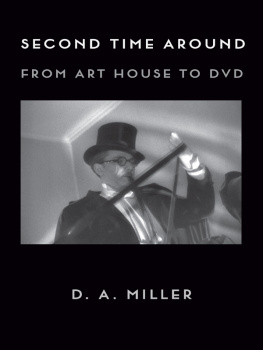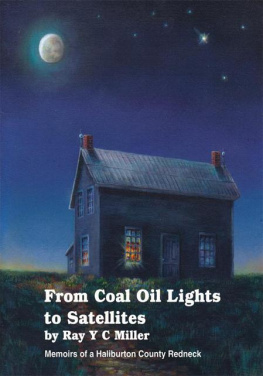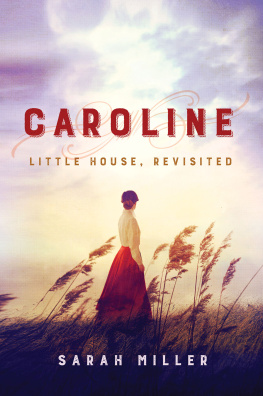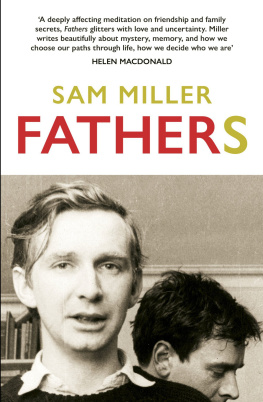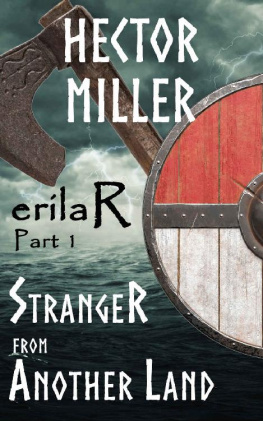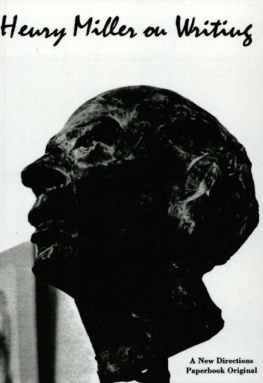Table of Contents
Second Time Around
Second Time Around
From Art House to DVD
D. A. Miller
Columbia University Press
New York
Columbia University Press
Publishers Since 1893
New YorkChichester, West Sussex
cup.columbia.edu
Copyright 2021 D. A. Miller
All rights reserved
EISBN 978-0-231-55139-7
Library of Congress Cataloging-in-Publication Data
Names: Miller, D. A., 1948 author.
Title: Second time around : from art house to DVD / D. A. Miller.
Description: New York : Columbia University Press, [2021] |
Includes bibliographical references.
Identifiers: LCCN 2020025092 (print) |
LCCN 2020025093 (ebook) | ISBN 9780231195584 (hardback) |
ISBN 9780231195591 (trade paperback) |
ISBN 9780231551397 (ebook)
Subjects: LCSH: Motion picturesReviews. |
Motion picturesTechnological innovations.
Classification: LCC PN1995 .M5255 2021 (print) |
LCC PN1995 (ebook) | DDC 791.43/75dc23
LC record available at https://lccn.loc.gov/2020025092
LC ebook record available at https://lccn.loc.gov/2020025093
A Columbia University Press E-book.
CUP would be pleased to hear about your reading experience with this e-book at .
Cover image: Still from Max Ophulss La Ronde (1950)
It cant be like the first time. Somethings happened.
Double Indemnity
What can you see? What can you see now?
The Passenger
CONTENTS
I would advise every older scholar to tell his public the basic experiences underlying his methods. Thus spake Leo Spitzer, the great philologist famous for his focus on the little details that make up an authors style. For some time, I have been old enough, male enough, and in the right profession, to consider myself directly addressed by this invitation (standing since the year I was born), but I never had any inclination to accept it. My idea of the experiences that determined a critical practiceor any adult commitment, for that matterinvolved far more basic events than the academic course of study to which Spitzer, not taking his advice very far, proceeded to reduce his own methods origin story. Even supposing I could fake his assurance, I was too skeptical of his reliance on voluntary memory to think that I should ever retrieve, between my method and my experience, any link of real importance. But suddenly there came a point when I understood that this method was no mere method for me; it was also, and had always been, a sort of design for living. It didnt just have certain select life experiences behind it of the kind Spitzer was enjoining me to recount. It was itself a way of tellingand reflecting onmy entire life story, and that story was ongoing. Throughout my professional career, I had apparently been doing one of two equally perverse things: either I had been secretly writing autobiography in the alien mode of criticism, or I had been cynically strip-mining my life for the sole sake of ever-finer hermeneutic discriminations. The ambiguity needed articulatingand whether I declaimed in Spitzers amphitheater, or whispered in the alcove where criticism is now conducted, or just talked to myself at home like a crazy, my acoustics could stand improvement.
But suddenly there came a point: the point at which I reread the contents of this book. With these short DVD reviews (all but the last written for my Film Quarterly column called Second Time Around), I had turned my writing to a new subject and a smaller scale, and like going abroad or looking at miniatures, the retrospect revealed habits that were too natural or contours that were simply too large to have been recognized before. At the outset, only one such discovery needs to be shared: namely, that I tend to imagine my critical work as a series of returns. Sometimes, quite literally, I have returned to authors and texts more than once: my multiple Austens, Bartheses, and Hitchcocks. But sometimes, even though I am writing on a subject for the first time, I set it up as a return: here is David Copperfield, for example, or the Broadway musicalold familiar things about which I am now having (unnerving phrase if ever there was!) second thoughts. And sometimes the subject keeps coming back without even being named in the uncredited form of frequent, always shifting allusion: hidden Poe, hidden Kinbote. The Second Time Around column, full of returns to old art films, is itself the return of a column I wrote on then new art films as a Cambridge student. In sum, almost all my writing has proceeded under the beleaguered assumption that everything needs to be done twice.
And why? Because it wasnt done properly to begin with! It is as if everything I write is a sort of repair work, an attempt to revisit a somehow fractured (spoiled, disparaged, lost) first encounter, whether to fix it or, failing that, to affirm that I have survived it and am ready for a second round. But this repair work, in laying bare the old impairments, shames, and privations, never quite lays them to rest but seems instead to invite further repair work on itself! We know from Proust that the second trip to Balbec is as disappointing as the first, butheres the rubits disappointing in different ways. I, too, seem incapable of imagining Ill ever get a visit right.
But if youve read many first-person narratives, or even tested a few online dating profiles, youll know to be wary of those who tell their own story. Feel free to read a different one between the lines; I, too, will be telling other versions of the second-time narrative as this book goes along. But I tell it this way first to justify the present introduction, which I have written twice. The first time (in The Cinematheque Today, which follows) I simply attempted to post, as forcibly as possible, my Lutheran theses regarding the new cinematheque and its typical DVD reissue. But by the end of it, I found myself wanting to write it over, this time (under the title The Second Time Around) as a reflection not on my subject matter but on myself as a subject in relation to it. For my early passion for watching filmsand art films, in particularwas a passion in the double sense, divided between an acceptable enthusiasm and a more intricate secret suffering, and that split provided the main impetus to see themand to write about seeing thema second time. My Janus-faced introduction will make explicit the polesobjective and subjective, critical and confessionalbetween which, in a continuing attempt to abolish the opposition, the columns oscillate.
Yesterday. By the old cinematheque, I mean not just the Palais Chaillot in Paris but the whole transatlantic aggregate of film societies, festivals, archives, art houses, and private homes where the religion of cinema was practiced during my youth. For whether performed in a major basilica or a recusant chapel, the liturgy came down to the same single sacrament: the projection of a film that was hard to see. Hard to see because prints were precious few and points for distributing them were equally sparse. The film might not always be the opus of an auteur, but it invariably was a rarity; the showing might never be repeated. But hard to see, as well, because the film was in a visible state of rot. Your eyes were always straining to puzzle out the palimpsest of the original film that lay dimly discernible under a dense patina of dirt, lines, snow, and scratches or that had to be surmised from mutilated, censored, stolen, or simply missing frames; you soon got used to a print catching fire before your eyes. And hard to see, finally, because, after all, hard-to-see-ness is built into the very nature of film. People speak of catching a movie, but the moving image is intrinsically on the run and always outpacing the eyes that would chase it down. We are not catching the film so much as losing it, again and again, as one frame displaces another.



